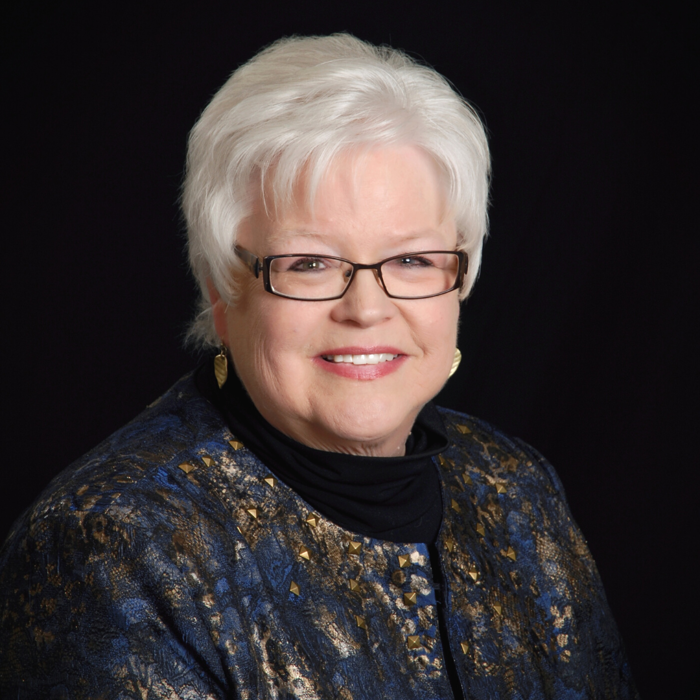Introduction to Somatic Voicework™ The LoVetri Method: A Body-Based Approach To Singing Contemporary Commercial Music
Thursday 6th May 2021, 5:00 PM - 7:00 PM (London Time)
I Statement of Principles of the Method
Based on voice science, vocal hygiene and voice medicine principles
Explains and emphasizes vocal health
Has no special jargon or terms
Cultivates physical and aural awareness
II Taught in three Independent Levels, 3 days each
Each Level must be taken in order, but can be done independently in sequence
III Explanation and use of vocal registers and vowel qualities
Identification of register qualities (chest, head, mix)
Identification of vowel sound qualities (bright, dark, neutral)
Clarification of posture and breathing (physical movement and coordination)
Wholistic approach to entire process (body, mind, awareness of both)
IV Avoids any direct manipulation of structures within the throat
Expects all sounds to be made freely and comfortably
Facilitates honest emotional expression and unique vocal timbre
Uses clear terminology drawn only from voice science, traditional vocal pedagogy and the music marketplace
V Explanation and use of “Modules” as lesson and practice protocol
Evaluation of individual student’s abilities, goals and prior training (if any)
Relationship to speaking voice
Clarity of practice regime, week to week or lesson to lesson
VI Additional contributing factors
Sensory Awareness (auditory/kinesthetic)
Freedom of tension in the body and in the voice
Recognition of constriction in the sound or blocks in the body
VII Assessment of the vocal and physical instrument
Overall “default” vocal quality and register balance
Tone quality: breathy/clear/nasal/noisy
Relationship of pitch range and dynamics to speaking voice response
Accuracy of consonant production for intelligibility
VIII Auditory evaluation of vowel production including acoustic parameters (resonance)
Relationship to sound pressure level (breath pressure) in pitch range
Overall coordination of all factors as combined while singing
IX Hearing the difference between what the voice is, as an instrument, and what it does.
Understanding what to do with what you hear
Recognizing potential vocal health issues
Helping people match pitch easily using speech as the bridge
X Relationship of external anatomy to vowel configuration
Relationship of internal/pharyngeal response to vowel configuration (use of tongue tip, lips, (mouth shape,) jaw position, facial muscles
Deliberately changing from “bright” to “dark” vowels as a way to stimulate and then regulate pharyngeal adjustments
XI Styles and vocal function
Why functional efficiency must come before stylistic considerations
Understanding how to create a balance in mid-range (“mix”)
Understanding the parameters of each CCM style (and, as needed, classical literature)
XII Discussion of mid-range mechanics
Vocal fold and vocal tract balance and response indicates balance and coordination
Isolation of vowel behavior from vocal fold response (registers versus resonance)
Coordination with volume/breath pressure
XIII Adjusting for specific populations
Children, teens, young adults, mature adults, seniors, retraining compromised voices
Time constraints (immediate to open-ended)
XIV Using exercises to change habitual vocal patterns
Guiding the singer to feeling satisfied and authentic
Increasing awareness of body, sound and expression
XV Tools for the teacher
Correct “in the positive” (counter unwanted behavior with positive new behavior)
Use only “non-jargon” words (no terms have been created for this method)
Accept student’s feedback as being valid – considers the psychological and emotional elements of teaching and learning to be of equal importance to the functional
XVI The “OKs”
OK to not know
OK to ask for assistance
OK to proceed slowly
OK to re-assess direction of training
OK to be available to student outside of lessons
XVII Understanding how to relate to other voice disciplines
Knowing when to refer to other professionals
Necessary to have appropriate boundaries professionally and personally
XVIII Somatic Voicework™ seeks to be:
A healing modality —
Between the singer and the singer’s voice
Between the mind and the body
Between the teacher and the singer
Between the singer and the world
XIX Is an open system —
Adjusts and changes as new scientific information becomes available
Sharing within the community without negative or punitive judgement
Respects Speech Language Pathologists and Laryngologists as outside experts helping us with objective data
Respects all styles of music in their own realms as being of equal value
Respects all other methods of teaching that do not teach direct manipulation of the structures inside the throat or ask for vocal or physical behaviors that violate the natural responses of the body as understood by science
Jeanie LoVetri
Jeannette LoVetri is a singing voice specialist in New York City who began teaching in 1971. She has taught throughout the USA, Europe, Australia...
Sorry, this is an archived short course...
We have plenty of upcoming short courses coming soon. See details of some of them below or look at the full list of short courses.

Monday 12th January 2026
12:00 PM - 1:30 PM
Tuesday 13th January 2026
12:00 PM - 1:30 PM
Wednesday 14th January 2026
12:00 PM - 1:30 PM
Thursday 15th January 2026
12:00 PM - 1:30 PM
Tuesday 20th January 2026
12:00 PM - 1:30 PM
Wednesday 21st January 2026
12:00 PM - 1:30 PM
(London Time)
Level One Certificate in Accents and Phonetics

Louisa Morgan
Are you a voice, acting, or singing coach looking to expand your expertise and add accents and phonetics to your teaching repertoire? This 6-session course covers essential topics such as articulatory, acoustic, and auditory phonetics, the International Phonetic Alphabet (IPA), and ethical approaches to accent and dialect coaching. By the end of this course, you'll be equipped with the knowledge and practical skills to start to bring phonetics and accent coaching into your coaching and provide more comprehensive support to your clients.


Monday 12th January 2026
2:00 PM - 4:00 PM
(London Time)
Emerging and Developing Voice: Singing and Speech

Karen Brunssen
How does the singing voice influence the speaking voice? How does the speaking voice influence the singing voice? When is there a disparate relationship between the two? Can they help each other? Can one harm the other? How can we use them positively in the voice studio. During this short course we will consider the voice as we sing and as we speak. The acquisition of language is a very interesting journey from birth through old age. We will broach the topics of “lexical” which refers to learning words, and “semantic” which is how we use words in the context of language.


Monday 12th January 2026
5:00 PM - 7:00 PM
(London Time)
Perfectionism: A Theoretical & Clinical Overview

Dr David Juncos
What exactly is meant when we label ourselves or someone we know a perfectionist? It is a good to be this way? Or are you setting yourself up for failure? Can a performance psychologist or a other performance-related practitioner help you if you’re a perfectionist? In this short course, you will learn how perfectionism is defined according to popular models in clinical psychology, and whether it is maladaptive or adaptive. You will also learn how perfectionism impacts on music performance anxiety, in addition to other areas of importance for performing musicians, like work-related stress and burnout, and procrastination with one’s practice.
